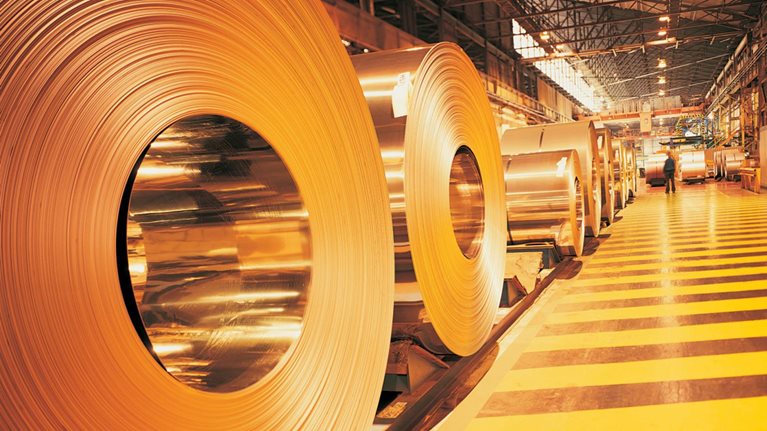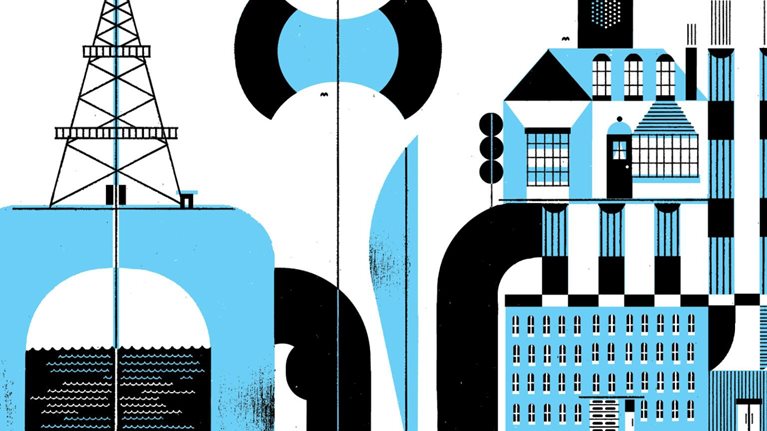It’s no secret that cost and time overruns are commonplace in the oil and gas industry. In fact, most current projects incur one or both problems, and spiraling project-development costs may soon put severe strain on the ability of companies to earn adequate returns. Yet there is an alternative: the industry could reduce costs and accelerate project delivery times by more aggressively implementing advanced modularization and standardization approaches such as those already used in industries that range from autos and electronics to satellite manufacture.
Many oil companies think they are standardizing already. Yet most are actually only scratching the surface and, as a result, missing a major opportunity to gain a competitive edge. To truly capture the benefits, companies need an approach that takes the best of what was developed for these other industries and tailor it to large capital projects. Called “modular standardization,” this approach entails dividing a plant into modules that are standardized and then reused multiple times.
Our work with oil and gas companies that are following this approach shows that direct project costs can be reduced by as much as 15 percent and project delivery can be speeded up by as much as 20 percent. Because common equipment is used, safety performance is improved by increasing the sharing of information about failure modes. And the effectiveness of technical personnel is raised because they can stop “reinventing the wheel” and instead work on more challenging and value-creating projects. In fact, modular standardization is already being successfully used by other industries that work at large scale and with high complexity, such as industrial turbine manufacturing and steel-mill construction.
Going modular
To be able to move to modular standardization, oil and gas companies need to make changes in two main areas. The first is project design, where they must adopt modular architecture and reuse standardized modules across multiple major oil and gas plants. The second is organizational: most oil and gas companies come from a tradition of building stand-alone projects designed to specific geological conditions. Going forward, they must make the reuse of existing modules the norm in their organizations.
What is the most effective way for an oil and gas company to move to a modular architecture? For common projects, it needs to break the work up into corresponding modules and then determine the appropriate level of standardization for each. Clear guidelines, including a sound business case, direct which modules or submodules can be standardized and which must be customized. In the end, each will have its own standardization strategy, ranging from identical design to a set of discrete options to fully customized.
In our experience, it’s possible to standardize at least one-third of all modules or submodules for even the most complex equipment. For some types of projects (for example, those with little variation), it’s possible to standardize up to two-thirds. The frequency of use, complexity, and nature of the module will determine the appropriate level of standardization; decisions must be driven by a clear business case on a module-by-module basis. At the same time, the benefits from modularization increase with the scale of a company’s portfolio: the more units, the greater the impact on a company’s bottom line.
There are a few smaller plants where complete plant-level standardization is possible—for example, the standardized “monotower” unmanned platforms used for gas production in the North Sea. For a floating production, storage, and offloading vessel, the oil and gas processing module can use a standard design template, but it must be scaled to the oil and gas flow characteristics of the particular well. However, the power and compression module can be standardized because the same design and equipment can be reused on many vessels. For larger plants, such as offshore platforms or liquefied natural gas (LNG) plants, the focus moves to replicating modules that make up the plant, such as helicopter-landing pads on platforms or compressor trains in LNG plants.
While we believe modularization and standardization can provide major benefits to the oil and gas industries, two issues have proven to be stumbling blocks. First, companies must overcome the natural reflex among many project managers: to think that their projects are unique and therefore resistant to common approaches. Second, companies often fail to convince project-design engineers that standardization brings benefits that more than compensate for limited design choice. Organization changes in four areas can help resolve these issues:
In engineering and design activities, companies that have successfully embraced modular standardization employ common design specifications and guidelines for each project type (for example, refinery or production platform). Typically, such organizations have a library of modules built with cross-functional input (engineering, commercial, and procurement) and use design software that provides access to approved modules and equipment lists covered by supplier purchasing agreements.
In project management, these companies broaden stage-gate-review criteria to include plant- or module-design reuse, and to minimize design changes. Some companies are developing metrics to track reuse and accelerate adoption.
The procurement group should be involved from an early stage, making decisions alongside the engineering department. Successful companies involve internal procurement personnel in project decisions from the concept-assessment stage, and also tap the expertise of suppliers from the beginning.
Finally, successful companies make changes to staffing and individual incentives such as staffing project teams centrally to ensure the same team members work together on subsequent related projects. They designate technical staff as “module owners” who are responsible for making sure their modules are used across the portfolio. These companies develop a culture that promotes and values standardization through the use of common training and capability-building programs, and incentivize engineers to work across different projects and reuse modules.
By pushing aggressively in these areas of modular project design and in organizational changes that can help advance standardization, oil and gas companies can make substantial progress toward reining in project time and cost overruns. It’s an opportunity they must grasp.


